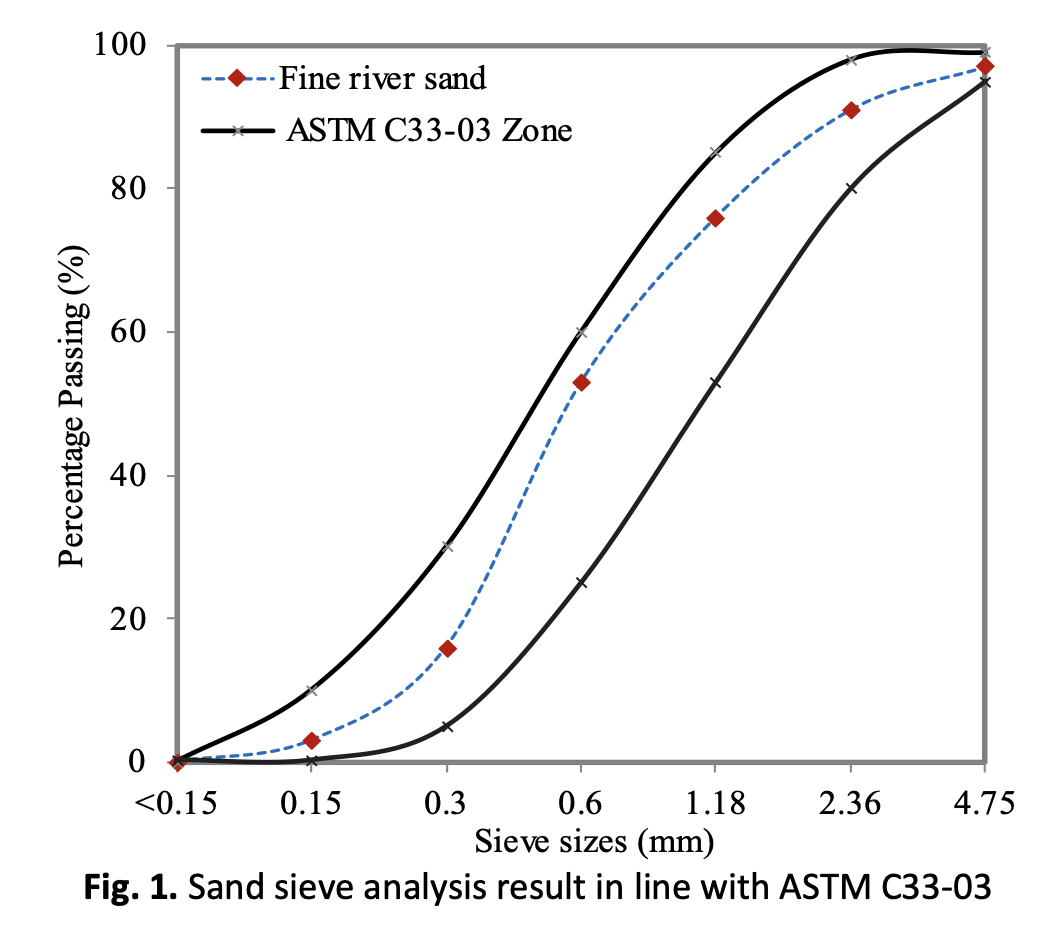Strength Properties and Electrical Resistivity of Nano-Titanium Dioxide (TiO2) Modified Lightweight Foamed Concrete
DOI:
https://doi.org/10.37934/aram.109.1.103121Keywords:
Foamed concrete, titanium dioxide, slump flow, compressive strength, bending strength, splitting tensile strengthAbstract
The need for maintaining the living environment is increasing as the economy grows and the quality of life rises. Attempting to render buildings "green" to the environment from the standpoint of civil engineering is a hot and challenging task now. The construction industry uses lightweight foamed concrete (LWFC) as a flexible building material. Contrarily, LWFC has a variety of flaws including stiffness, poor toughness, substantial porosity, crucial drying shrinkage, and minimal resistance to cracking and deformation. Although it’s a sustainable solution, continuous research strives to enhance its sustainability and mechanical capabilities. Nanoparticles have excellent mechanical, thermal, and electrical capabilities that have inspired the creation of new nanocomposites with exceptional and multipurpose features. Titanium dioxide nanoparticles (TNP) have a much larger specific surface area because of nanostructures' exceptional properties. The large increase in nanoparticles will boost the role of concrete strength by improving the microstructure of the material. There is significant uncertainty regarding the process by which TNP might change the strength characteristics of LFC because the influence of TNP in LWFC was not previously explored. To better understand how TNP affects the slump flow, compressive, splitting tensile, and bending LWFC of 980 kg/m3 density, this study will look at its effects. Six TNP weight fractions were taken into consideration: 0% (control), 1%, 2%, 3%, 4%, and 5%. Slump flow, electrical resistivity, compressive, splitting, tensile, and bending strengths were the variables investigated. In addition, the relationship between strength parameters was found. The results showed that the highest compressive, bending, and splitting tensile strengths resulted from a weight fraction of TNP of 3%.
Downloads



























